Comment récupérer laccès au disque dur, corriger lerreur dimpossibilité douvrir le disque dur

Dans cet article, nous vous expliquerons comment récupérer l'accès à votre disque dur en cas de panne. Suivez-nous !
Do you know the history of Earth's formation ? If you don't know the history of Earth , this article will give you the answer.
The Earth we live on has undergone many changes since its formation. Are you curious about how the Earth has changed over time and how it was formed? Let's find out together!
Earth formed more than 4.6 billion years ago from a mixture of dust and gas orbiting the sun. It grew larger over time thanks to countless collisions between dust particles, asteroids and other growing planets, including a final giant collision that threw enough rock, gas and dust into space to form the moon.
Although the rocks that record the earliest parts of Earth's history have been destroyed or distorted over the course of more than four billion years of geological time, scientists can use modern rocks, lunar samples, and meteorites to figure out when and how the Earth and moon formed, and what they may have looked like in the past. Here are some of the most important milestones in the history of our planet's development.
1. Earth was formed - 4.5 billion years ago

Earth, like all the other planets in the solar system, began its life as a “disk” of dust and gas orbiting the young sun. Grains of dust were pulled together by gravity to form rocky clumps that grew into what scientists call “planets,” tens to hundreds of miles in diameter, and then into Mars-sized “protoplanets” by colliding with each other.
Earth grew to its final size through a giant collision with another object the size of Mars. This final collision, known as the “moon-forming impact,” was so large that—in addition to adding a lot of material to Earth—it had enough energy to vaporize some of the rocks and metals from both the proto-Earth and the impactor. This vapor formed a disk around Earth, which eventually cooled and condensed to become the moon.
2. The first life - 3.5 billion years ago
To date, researchers have not determined what the first cell looked like or when it was born. But the oldest fossils ever discovered date back to about 3.5 billion years ago. This suggests that the first life may have existed before then. Scientists believe that the first life may have originated in warm, alkaline springs at the bottom of the oceans, either on the surface of the sea or on land.
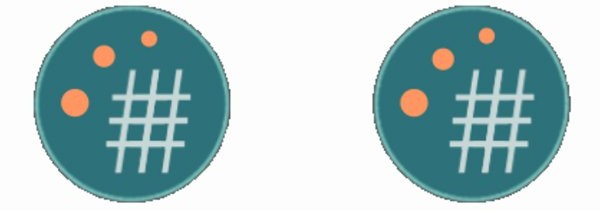
The first form of reproduction on Earth was asexual reproduction (cell duplication).
3. Photosynthesis - 3.4 billion years ago
About 3.4 billion years ago, thanks to sunlight, the first microorganisms began to evolve. From simple molecules, they took advantage of the energy from photons to synthesize sugar. That process is called photosynthesis.
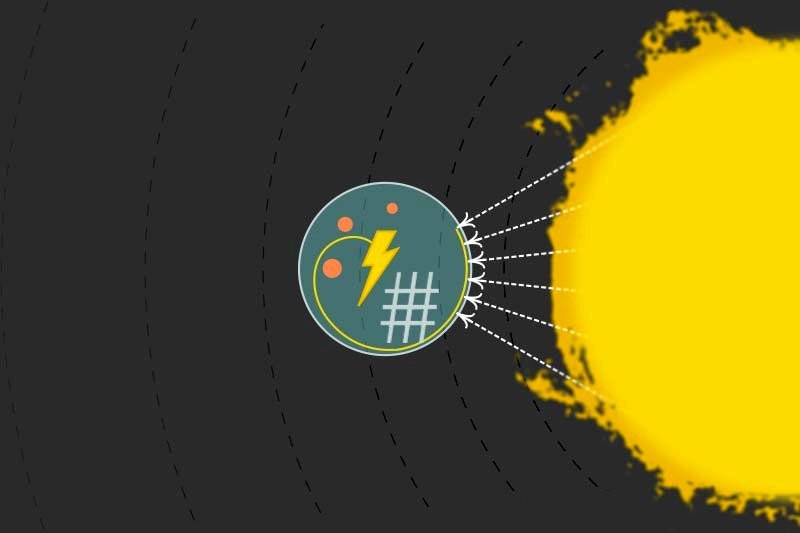
The first bacteria on Earth synthesized sugar from solar energy, but did not produce oxygen.
But unlike today's plants, the first microorganisms did not "release" oxygen, so the Earth's atmosphere at that time was still very dangerous to humans and other animals.
4. The drift of continents - 3 billion years ago
The Earth's crust is solid, but it is actually made up of icebergs floating on layers of molten magma. When icebergs collide, one part of one gets "submerged" under the other. This process is called plate tectonics or continental drift. The first landmass on Earth, called Ur, was created through this process.
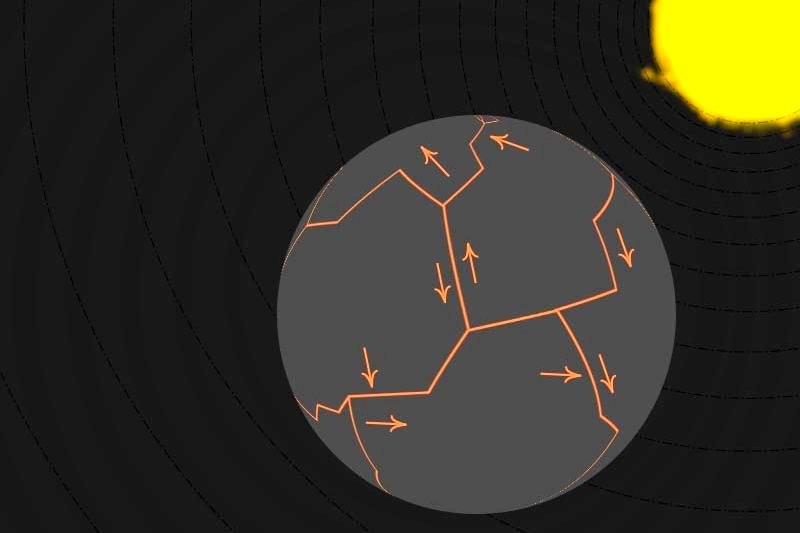
The Earth's surface is made up of pieces.
5. The first atmospheric "pollution" by oxygen - 2.4 billion years ago
More than 1 billion years ago, the first photosynthesis reaction took place, but it did not produce oxygen. This made the atmosphere on Earth very low in oxygen. But somehow, some bacteria "learned" how to synthesize sugar from CO2, water, sunlight and release oxygen.

As greenhouse gases (including CO2) were "sucked" out of the atmosphere by bacteria, the first "pollution" in Earth's history took place, causing everything to cool.
6. Complex cells or symbiosis - 2 - 1 billion years ago
At this time, life was still very simple, although it had been on Earth for quite a while, it had a structure similar to modern bacteria today. But evolution took the biosphere to a new level. Organisms called eukaryotes (eukaryotic organisms) had a more complex structure, inside they had specialized organs, a nucleus with its own membrane separate from the rest of the cell.
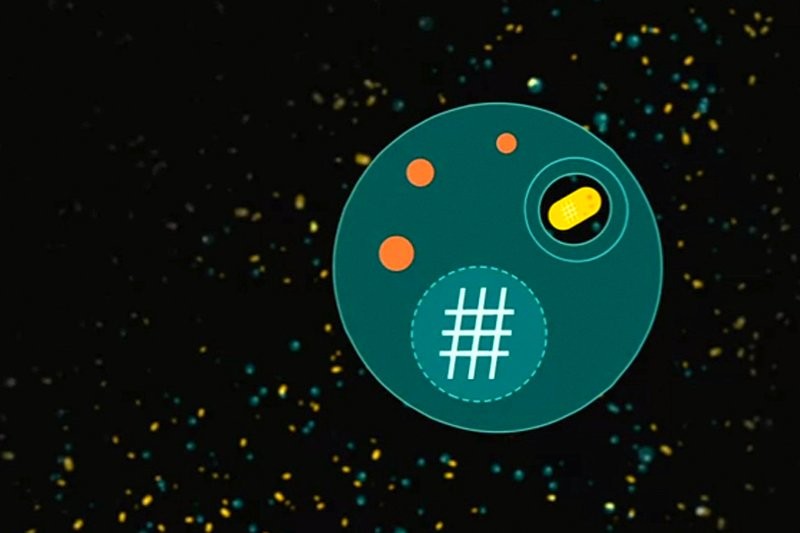 Mitochondria are essentially bacteria capable of synthesizing ATP that have been "swallowed" by other microorganisms.
Mitochondria are essentially bacteria capable of synthesizing ATP that have been "swallowed" by other microorganisms.
Eukaryotes also found "partners" in bean-shaped objects called mitochondria that are capable of converting energy from organic substances into ATP.
Researchers believe that mitochondria were originally bacteria that lived separately in the outside world, not born inside cells. But through symbiosis or cell absorption, these bacteria cooperated with eukaryotes and created energy for them.
Every animal and plant we see today has cells that are eukaryotes.
7. The First Appearance of Sex - 1.2 Billion Years Ago
The first organisms maintained and developed their species through asexual reproduction, cells grew and then automatically divided in two.
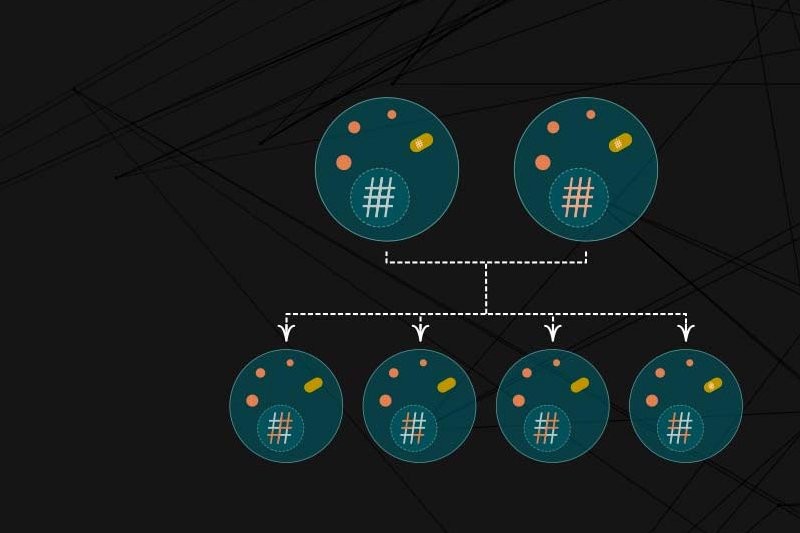
The emergence of sex opens up the possibility of later species hybridization.
Fossils of red algae dating back 1.2 billion years show that they already had sex-specific cells called spores, suggesting that sex had already emerged before that time.
8. Multicellular organisms appeared - 1 billion years ago
There are fossils dating back 2.1 billion years that show many known bacteria lived in communities to grow larger, but when necessary they could still exist as single cells.
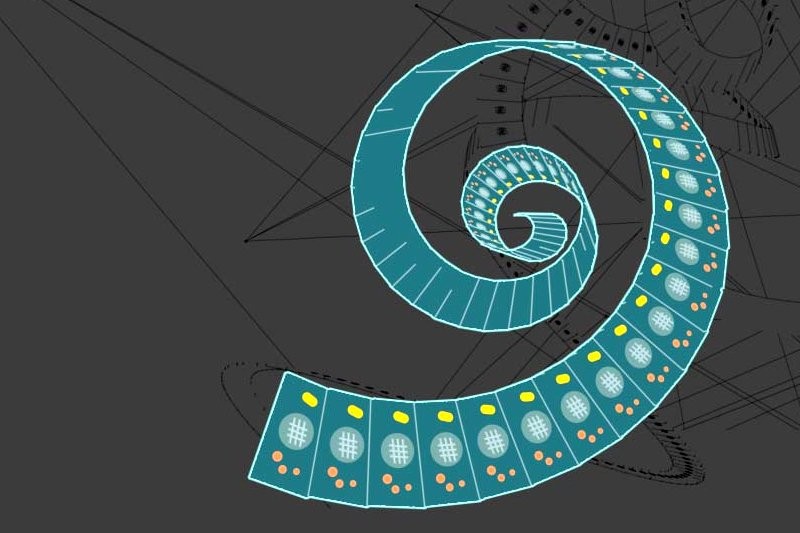 Colonies of bacteria living together "colonizing" may have been the beginning of multicellular organisms.
Colonies of bacteria living together "colonizing" may have been the beginning of multicellular organisms.
Researchers believe that about 1 billion years ago, the first multicellular organisms - with single, indivisible cells - appeared. Within them, different groups of organisms independently chose to evolve towards multicellularity. Plants are thought to have chosen multicellularity before animals.
9. The Earth froze - 850 - 635 million years ago
After being first “polluted” with oxygen by bacteria a few billion years ago, the Earth was once again frozen. To this day, researchers still don’t know what caused this freeze, but it lasted for 200 million years. Ice covered the Earth from the poles to the equator.
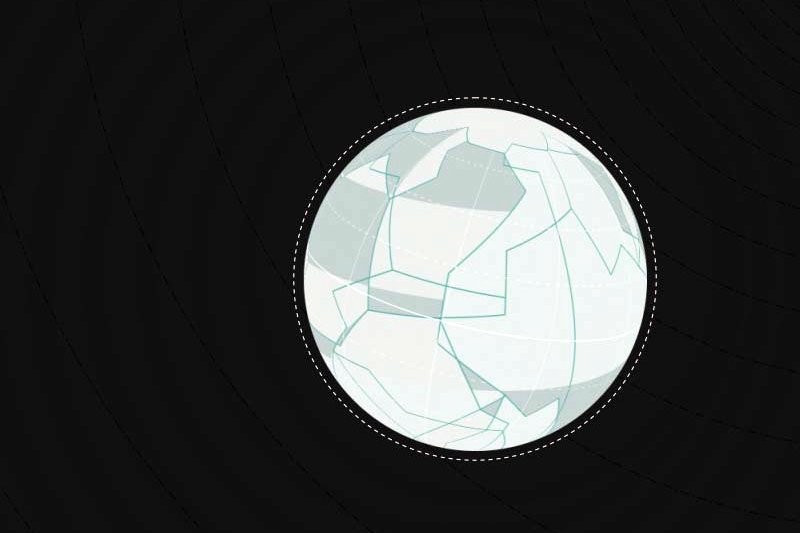
The Earth was once "frozen cold" for millions of years.
This second ice age is thought to have influenced the emergence of the first complex animals, creatures with tubular or curly leaves like ferns, opening a new period called the Ediacaran period.
10. The Cambrian Explosion - 535 million years ago
After animals evolved and adapted to their new environments, the Earth experienced two explosions in the number of species.
During the Cambrian explosion, a new group of animals appeared on average every 10 million years. During this period, most animals had hard shells, making fossilization easier than before. According to scientists, it is very likely that there were other "explosions" of species before, but because they did not have hard shells, their existence could not be recorded.

45 million years later, another explosion in the number of species within each animal group occurred, and is called the Ordovician Divergence.
11. Plants invade land - 465 million years ago
For billions of years, water has been the cradle of life on Earth. Until 500 million years ago, some animals found their way onto land, not to live but simply to find a place to lay eggs and avoid underwater predators.

Green algae were the first "inhabitants" on earth.
In contrast, plants were the first permanent inhabitants of land. Relatives of green algae were the first plants to colonize land, but they quickly evolved and branched out into many different species.
12. Andean-Saharan Ice Age - 460 - 430 million years ago
Biodiversity expanded during the Ordovician period, but as the period ended, Earth faced a wave of extinctions that saw the number of species decline as much as the number of species that had arisen.
At the end of the Ordovician period, the Earth's temperature dropped rapidly, and ice from the poles covered much of the surface. As a result, an ice age called the Andean-Saharan ice age took place, named after the two places where traces of this period were found, the Andes and the Sahara desert.
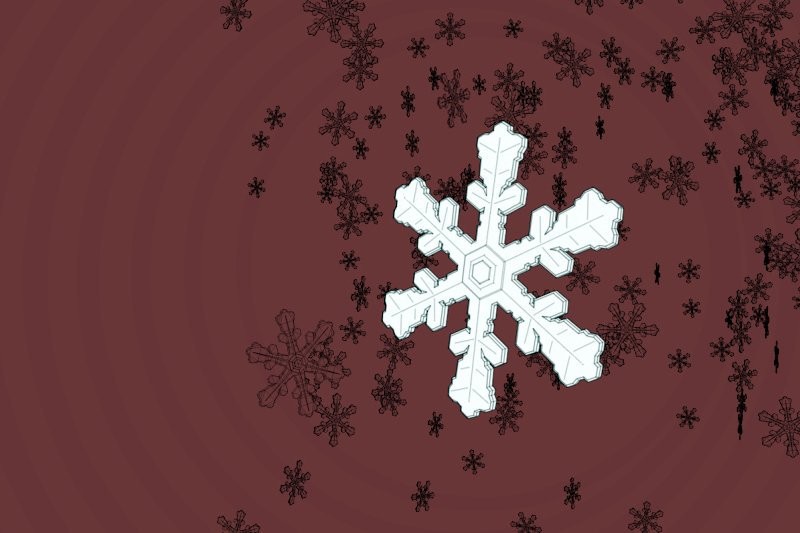
The Andean-Saharan ice age marked the first mass extinction and the second largest in scale of any known extinction event in Earth's history. An estimated 85% of marine species were wiped out. Afterwards, as competing species were wiped out, fish species expanded at a rapid pace.
13. The first amphibians - 375 million years ago

Animals begin to settle down. About 400 million years ago, insects were the first to crawl onto land. Vertebrates soon followed.
14. Dawn of the Reptiles - 320 million years ago
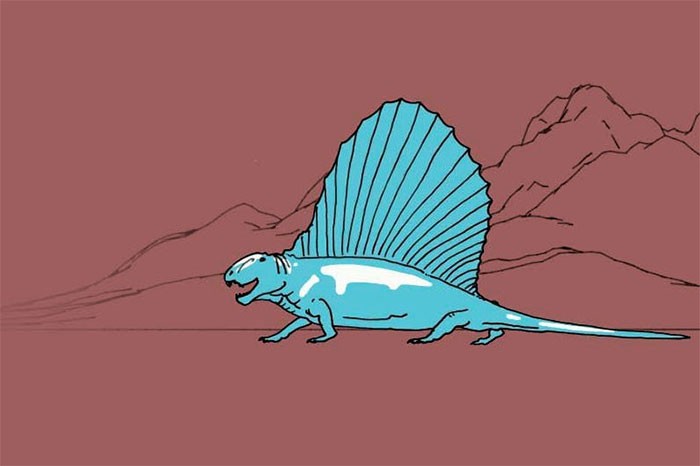
When the Earth was in the midst of a long cold period called the late Paleozoic Era ice age, the first reptiles appeared.
Reptiles with thick, scaly skin and hard-shelled eggs evolved from amphibians that looked like salamanders. Reptiles quickly became the dominant species on land.
15. Supercontinent Pangaea - 300 million years ago
The last time until now, the Earth's continents merged once and formed a supercontinent called Pangaea, surrounded by a superocean called Panthalassa.
This continent and super ocean coexisted for 175 million years. Ten million years later, the continents broke apart again and the remaining parts became what we see today.
16. The Greatest Extinction - 252 Million Years Ago
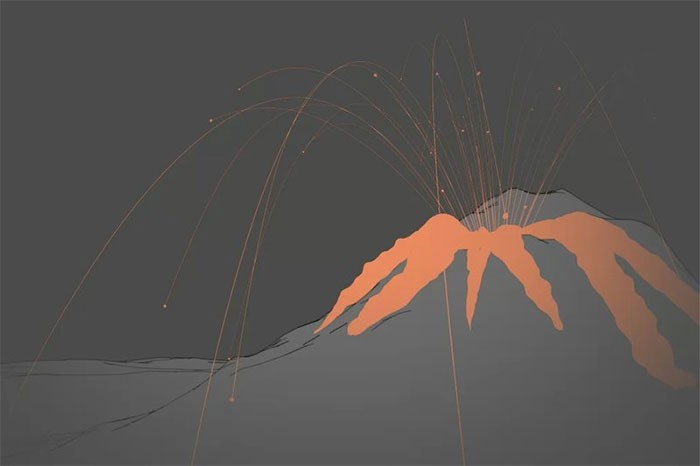
The end-Permian extinction was the greatest challenge to life on Earth, causing about 96% of aquatic species and an equal number of terrestrial species to disappear after this period.
The exact cause of the extinction is still unknown. Archaeological evidence suggests that the culprit was a massive volcanic eruption known as the Siberian Traps. The eruption left 2 million square kilometers of the Earth covered in lava, filled the atmosphere with toxic fumes, and raised ocean temperatures to 40 °C.
Then the recovery of the biosphere opened a new era - the age of dinosaurs.
17. The first mammals - 220 million years ago
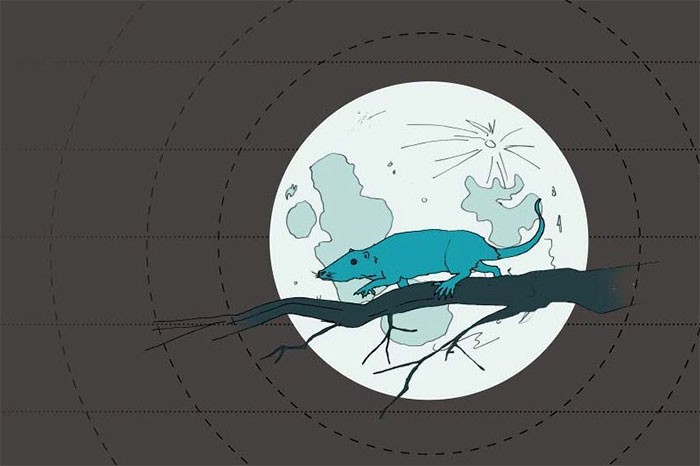
Mammals appeared at the same time as dinosaurs evolved and spread across the globe. Reptiles called cynodonts, with faces that looked a bit like dogs and some may have been covered in fur, were the ancestors of mammals.
18. Triassic extinction - 201 million years ago
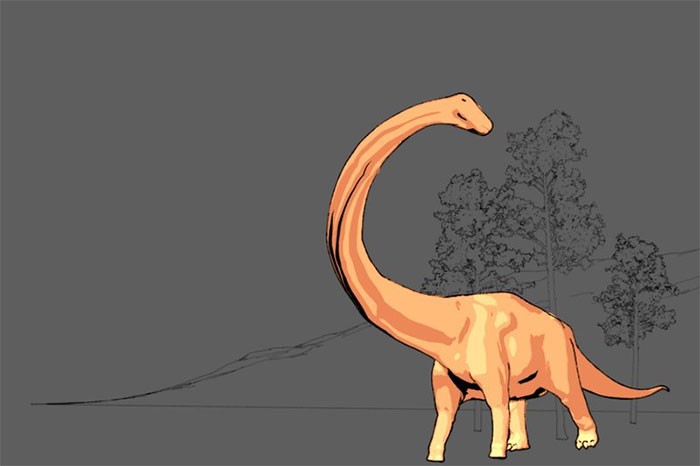
The Triassic was a period when dinosaurs ruled the land and giant reptiles like the Ichthyosaurs ruled the oceans. But another mass extinction occurred, wiping out 80% of species. The cause of this extinction is unknown.
But soon after, the dinosaurs recovered and even reached enormous sizes and continued to dominate the earth.
19. The first bird - 160 million years ago
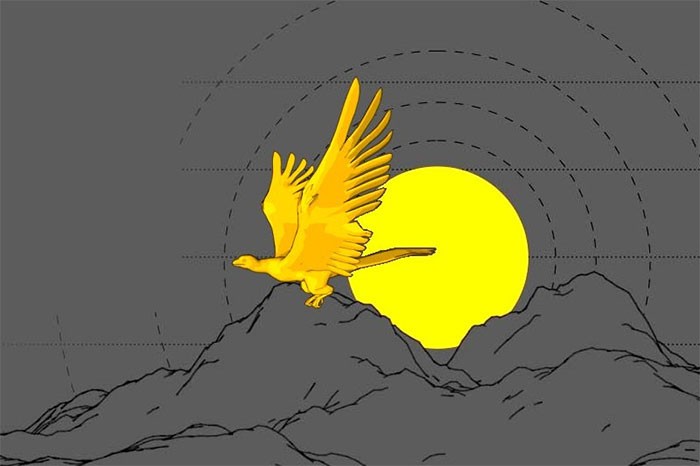
Modern birds are descendants of feathered dinosaurs such as Velociraptors.
20. Flowering plants -130 million years ago

Flowers are the most recent “invention” of the plant kingdom. Despite being on earth 465 million years ago, no flowers have been recorded for more than two-thirds of that time. It seems that flowering plants appeared in the middle of the dinosaur era.
21. The Death of the Dinosaurs - 65 Million Years Ago
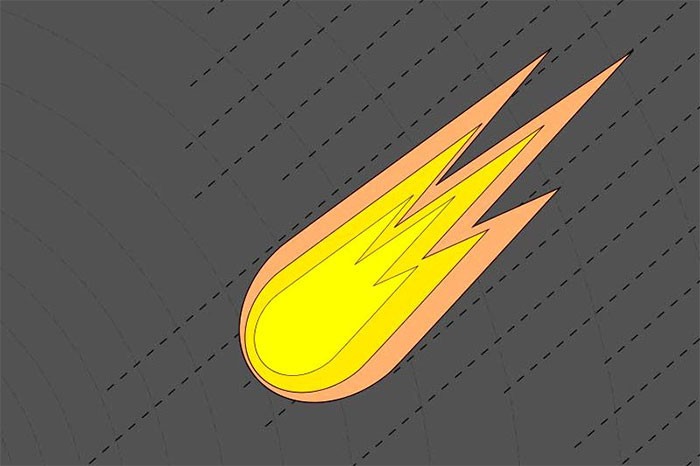
65 million years ago, a giant space rock crashed into Earth in what is now Mexico, causing a period of cold and darkness across the planet. The impact wiped out dinosaurs, other giant predators and reptiles, but smaller species survived because they had less food to eat.
This is the fifth mass extinction ever recorded and the last to date.
22. The first primates appeared | 60 - 55 million years ago
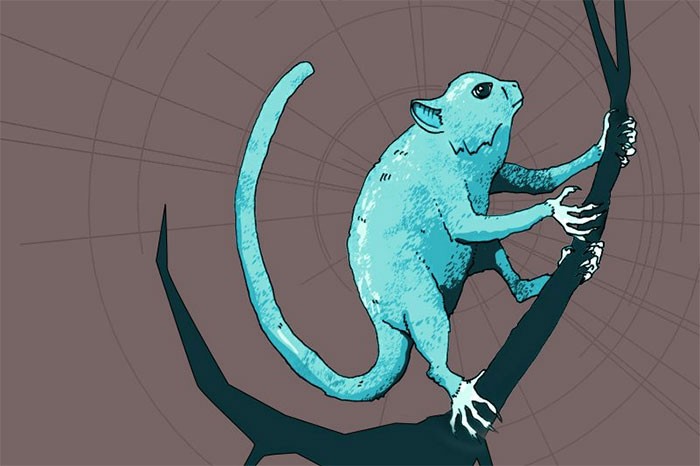
When most of the dinosaurs disappeared, mammals took advantage of the opportunity to grow and multiply. They quickly evolved to have wombs and nourish their young in their abdomens using a placenta.
Some mammals began to evolve to climb and live in trees, to avoid predators. This led to the appearance of monkeys, apes and eventually humans.
But the first primates were very small, living mainly in the hot and humid tropical forests of Asia. The oldest fossil primate skeleton belongs to a species called Archicebus achilles, weighing less than 30 grams.
23. Superphotosynthetic plants - 32 - 25 million years ago
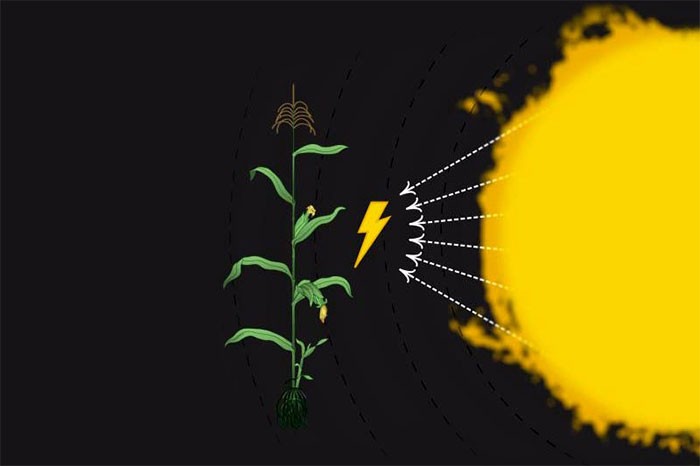
Over billions of years, plants have harnessed light energy to synthesize sugars through a process called photosynthesis. But it wasn't until recently that some species "discovered" C4 photosynthesis, which is more efficient than the more common C3 photosynthesis.
C4 plants are better adapted to harsh environments.
24. The first hominin - 13 - 7 million years ago

About 25 million years ago, the first apes appeared in Africa. Then (at the time of the event), they began to split into the ancestors of modern apes and modern humans.
Thanks to archaeology and genetics, we can get a rough estimate. Seven million years ago, the oldest recorded hominid, Sahelanthropus tchadensis, walked the earth.
25. Modern humans - 200,000 years ago
Modern humans, or Homo sapiens, are only 1/5 of a million years old compared to Sahelanthropus tchadensis's 7 million years. But in that short time, humans have left their birthplace in Africa, traveled to every continent on the planet, and even reached outer space.
Dans cet article, nous vous expliquerons comment récupérer l'accès à votre disque dur en cas de panne. Suivez-nous !
À première vue, les AirPods ressemblent à n'importe quel autre écouteur sans fil. Mais tout a changé avec la découverte de quelques fonctionnalités peu connues.
Apple a présenté iOS 26 – une mise à jour majeure avec un tout nouveau design en verre dépoli, des expériences plus intelligentes et des améliorations des applications familières.
Craving for snacks but afraid of gaining weight? Dont worry, lets explore together many types of weight loss snacks that are high in fiber, low in calories without making you try to starve yourself.
Rest and recovery are not the same thing. Do you really need rest days when you schedule a workout? Lets find out!
Les étudiants ont besoin d'un ordinateur portable spécifique pour leurs études. Il doit être non seulement suffisamment puissant pour être performant dans la filière choisie, mais aussi suffisamment compact et léger pour être transporté toute la journée.
L'ajout d'une imprimante à Windows 10 est simple, bien que le processus pour les appareils filaires soit différent de celui pour les appareils sans fil.
Comme vous le savez, la RAM est un composant matériel essentiel d'un ordinateur. Elle sert de mémoire pour le traitement des données et détermine la vitesse d'un ordinateur portable ou de bureau. Dans l'article ci-dessous, WebTech360 vous présente quelques méthodes pour détecter les erreurs de RAM à l'aide d'un logiciel sous Windows.
Refrigerators are familiar appliances in families. Refrigerators usually have 2 compartments, the cool compartment is spacious and has a light that automatically turns on every time the user opens it, while the freezer compartment is narrow and has no light.
Wi-Fi networks are affected by many factors beyond routers, bandwidth, and interference, but there are some smart ways to boost your network.
Si vous souhaitez revenir à la version stable d'iOS 16 sur votre téléphone, voici le guide de base pour désinstaller iOS 17 et rétrograder d'iOS 17 à 16.
Le yaourt est un aliment merveilleux. Est-il bon de manger du yaourt tous les jours ? Si vous mangez du yaourt tous les jours, comment votre corps va-t-il changer ? Découvrons-le ensemble !
Cet article présente les types de riz les plus nutritifs et comment maximiser les bienfaits pour la santé du riz que vous choisissez.
Établir un horaire de sommeil et une routine de coucher, changer votre réveil et ajuster votre alimentation sont quelques-unes des mesures qui peuvent vous aider à mieux dormir et à vous réveiller à l’heure le matin.
Get Bathroom Tower Defense Roblox game codes and redeem them for exciting rewards. They will help you upgrade or unlock towers with higher damage.













